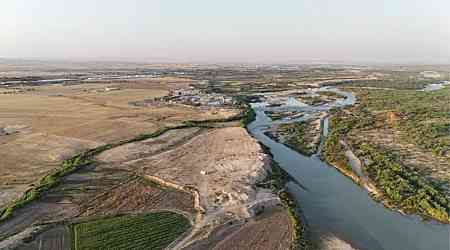NASA is advancing technologies for autonomous spacecraft designed to explore “ocean worlds,” such as Europa and Enceladus, two of the most promising candidates for extraterrestrial life. According to a NASA report, the Ocean Worlds Lander Autonomy Testbed (OWLAT) and Ocean Worlds Autonomy Testbed for Exploration, Research, and Simulation (OceanWATERS) are key initiatives for enhancing robotic missions capable of operating in these challenging environments.
Both OWLAT, developed at the Jet Propulsion Laboratory (JPL), and OceanWATERS, created at Ames Research Center, simulate lander operations under low-gravity and icy surface conditions. OWLAT includes a physical testbed with a robotic arm and tools for sampling, while OceanWATERS offers a virtual environment replicating Europa's conditions. These systems aim to prepare robotic missions for long communication delays, harsh terrain, and limited energy resources.
The Role of OWLAT and OceanWATERS
OWLAT, featuring a Stewart platform for simulating low-gravity dynamics, enables real-world testing of lander hardware and software. It includes force sensors, a robotic arm, and interchangeable tools for sampling. The system's autonomy software ensures operations remain within safety bounds while executing commands via a Robot Operating System (ROS) interface.
OceanWATERS, a simulation-based system, provides a virtual landscape where autonomous decision-making algorithms are tested. Using Europa-like terrain models, it evaluates sample collection, terrain interaction, and energy efficiency. Fault injection tools allow researchers to simulate and resolve potential system failures.
Collaborative Research Outcomes
Research teams funded by the Autonomous Robotics Research for Ocean Worlds (ARROW) and Concepts for Ocean Worlds Life Detection Technology (COLDTech) programmes have utilised these platforms. According to NASA, projects ranged from fault-detection mechanisms by Dr Eric Dixon of Lockheed Martin to terrain-adaptive autonomy led by Dr Melkior Ornik at the University of Illinois.
These developments, as noted in official publications, mark progress towards self-reliant landers capable of probing icy moon surfaces and potentially uncovering signs of life.
































